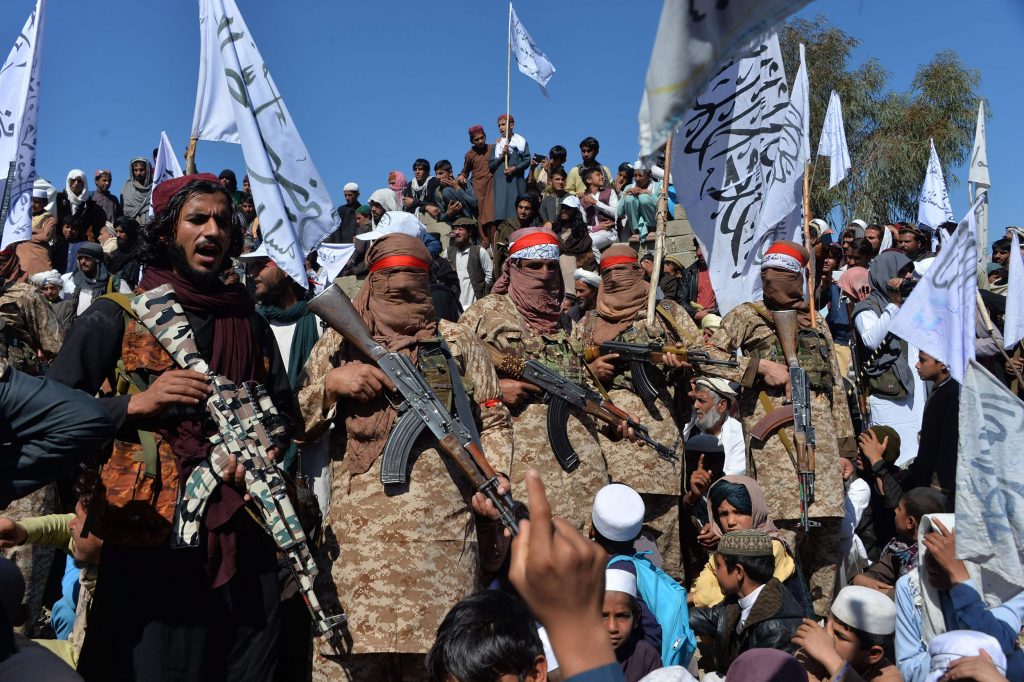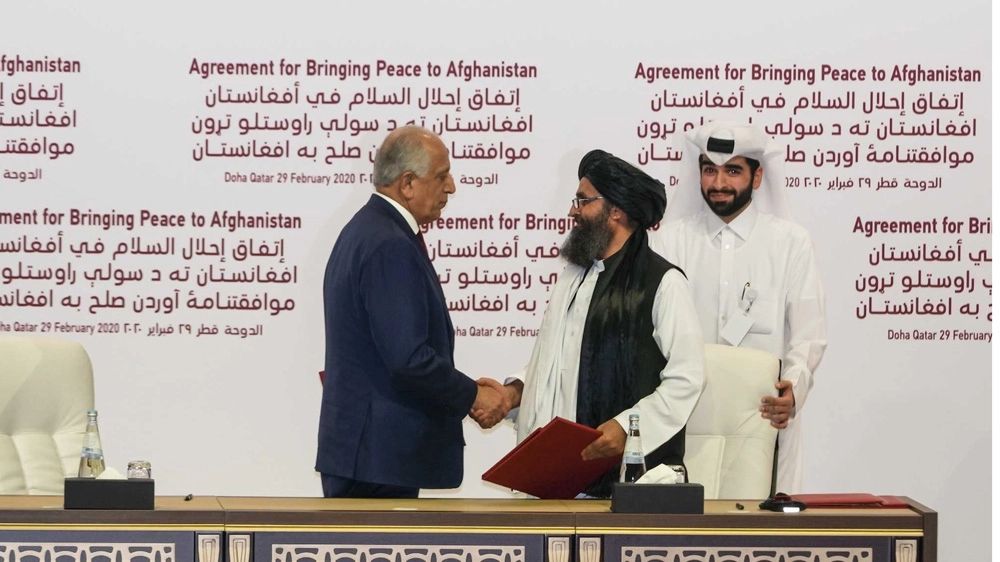
On 1 June, the Analytical Support and Sanctions Monitoring Team of the UN, in its twelfth report, has observed: “the Taliban’s messaging remains uncompromising, and it shows no sign of reducing the level of violence in Afghanistan to facilitate peace negotiations with the Government of Afghanistan and other Afghan stakeholders. The Taliban’s intent appears to be to continue to strengthen its military position as leverage.” The report maintained as earlier: “the Taliban and Al-Qaida remain closely aligned and show no indication of breaking ties. Member States report no material change to this relationship, which has grown deeper as a consequence of personal bonds of marriage and shared partnership in struggle, now cemented through second generational ties.”
The report also highlights the issue of narcotics in Afghanistan which continues to remain the Taliban’s largest single source of income, Taliban’s leadership structure, the 2020 fighting season and expectations for 2021, the challenges posed by Islamic State in Iraq and the Levant-Khorasan (ISIL-K) and other foreign fighters in Afghanistan.
Understanding the UN report
The report finds that al-Qaida continues to operate under the Taliban umbrella, with a significant part of its leadership based in the border region of Afghanistan and Pakistan. This nexus continues despite the US-Taliban deal signed in 2020, which called for severing ties with the group. The report also contradicts President Biden’s remarks that al-Qaida’s presence in Afghanistan has been “greatly degraded.”
The report claims that despite internal tensions, the group has remained outwardly unified as the Taliban Leadership Council (Quetta Shura) continues to pursue a diplomatic policy and military strategy to gain leverage for negotiations and raise their international profile. Meanwhile, the primary sources of Taliban financing remain criminal activities.
The report assesses that the “security situation in Afghanistan remains as tense and challenging as at any time in recent history,” adding, “many interlocutors believe that the Taliban have used the 2020 fighting season to further strengthen strangleholds around several provincial capitals, seeking to shape future military operations when levels of departing foreign troops are no longer able to effectively respond.” However, the Taliban in most instances has denied responsibility for this surge in violence.
The report shows that the threat of ISIL-K and other foreign fighters in Afghanistan. The report highlights the lingering presence of the ISIL-K in parts of Afghanistan and the threat it has posed in the last year. Similarly, although the Taliban has denied the presence of foreign terrorist fighters in Afghanistan, several groups continue to operate in the country under the protection of the Taliban.
Repercussions of the Report

The UN report highlights Taliban’s unkept promise and the US’s claims. The Taliban has continued to maintain ties with al-Qaida and other militant groups, despite the pressure to sever ties. Conversely, the Biden administration has claimed that the threat of al-Qaida is diminished. However, reports such as these and UN Security Council (UNSC) Watchdog Group on al-Qaida, ISIL prove otherwise.
Teh report exposes the Taliban’s links with militant groups. With the withdrawal of foreign troops from the country, the Taliban would want to consolidate itself; therefore, they would need all the allies, including al-Qaida, other militant groups, the drug mafia and others with a vested interest in Afghanistan.
The threat of militant groups after troop pullout is a reality as exposed in the report. Afghanistan is moving towards becoming a safe haven for militant groups. Although the Taliban has some control over the spread, the instability caused by the stalled negotiations and violence makes the environment suitable for such groups, which automatically pose a threat.
